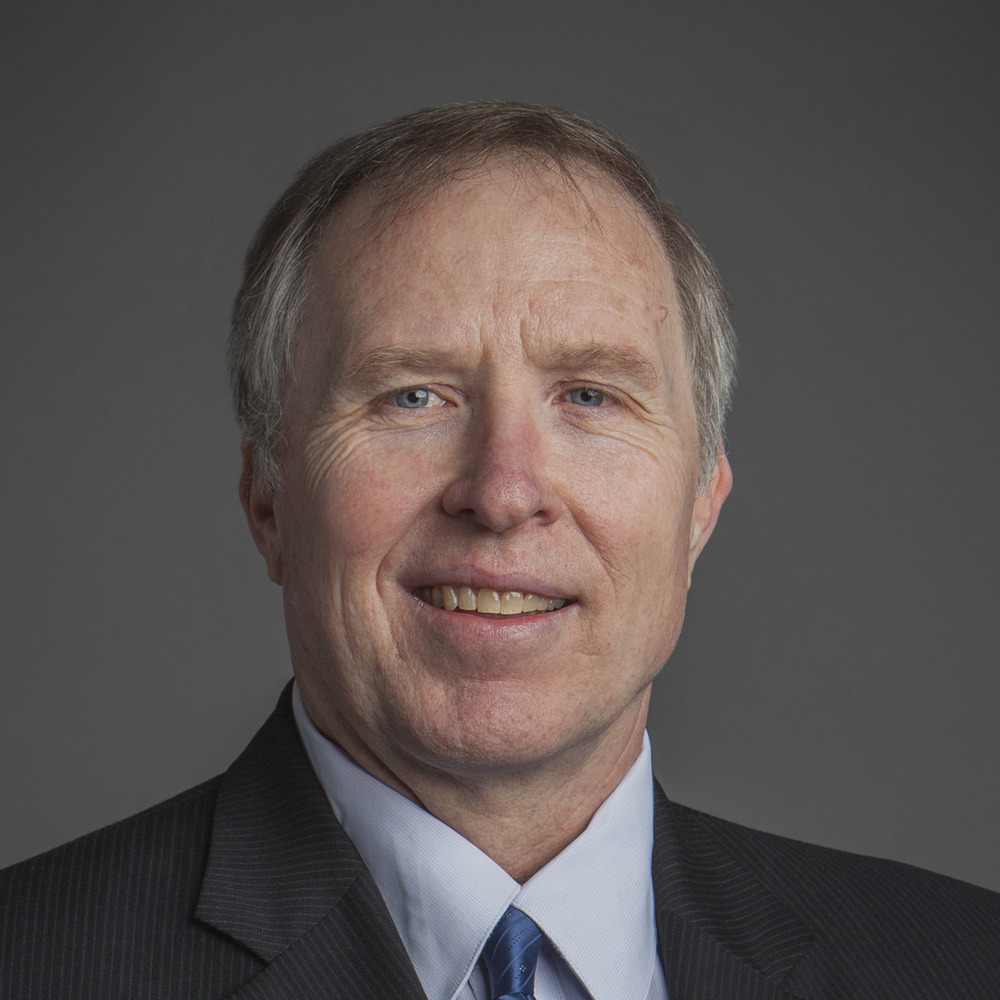New Challenges Every Day at MSY
Construction of the new 35-gate Louis Armstrong New Orleans International Airport (MSY) terminal in New Orleans is a good illustration of the aviation industry’s new normal. The new 1 million-square-foot terminal at MSY opened in 2019, though by then local passenger growth had driven demand beyond the original program.
Early phases of the MSY program addressed typical project phases. However, as the program got underway, the scope began to morph and change as new issues emerged each day. The job became one of solving and resolving anything that came up.
Program management is an increasingly necessary discipline that is ideal for large, complex, multiyear capital programs that require a number of projects to be executed concurrently. Historically, program management was a large, expensive operation; today, utilizing a coordinated program with a manager empowered to make operational decisions and a small dedicated staff will save costs and reduce inefficiencies over the life of the program. Programmatic approaches also address a critical shortage of qualified airline and airport managers with the experience to efficiently manage day-to-day responsibilities of multiple projects.
As manager of the MSY program, Burns & McDonnell was embedded on the project as an extension of staff to the owner, overseeing details ranging from budget control, design and constructability reviews to construction management and commissioning.
Still, even those defined responsibilities do not completely describe the total scope of responsibilities. It’s a role that cannot be easily defined — ranging from the expected duties of managing required FAA studies and environmental reviews to design and constructability reviews, invoice processing and budget reconciliation to the unexpected duties such as arranging for emergency water after an historic freeze of the domestic water supply line and manually moving bags during a temporary baggage system glitch. In short, basic problem-solving as the issues arise.
This is not atypical for other megascale aviation facility programs, such as those underway in New York City, Denver or Los Angeles. Projects and responsibilities morph and evolve on each program and getting to the goal may require an entirely different approach at the midpoint than it did at the start.
This evolving approach for MSY has led to a new five-year program that will add work to meet growing demand along with other priorities that are sure to emerge. Some of those priorities will be an assessment for additional gates, repurposing the old terminal facility and the possible addition of light rail. As one of the top five airports in North America for growth, it is likely that those additional features will be needed as part of its evolving service profile.


